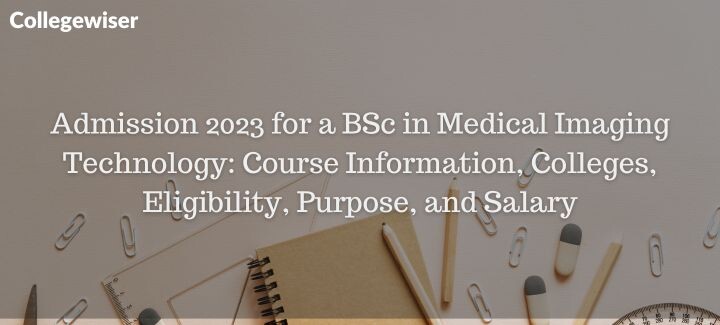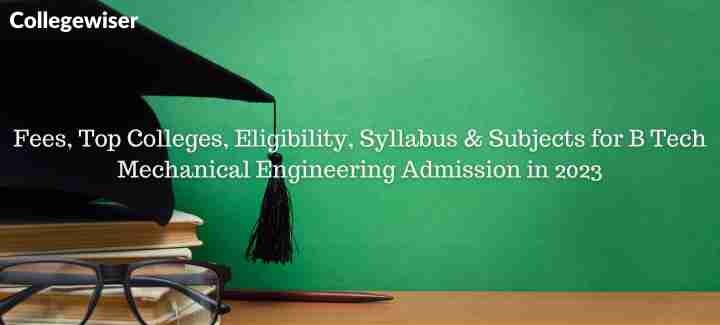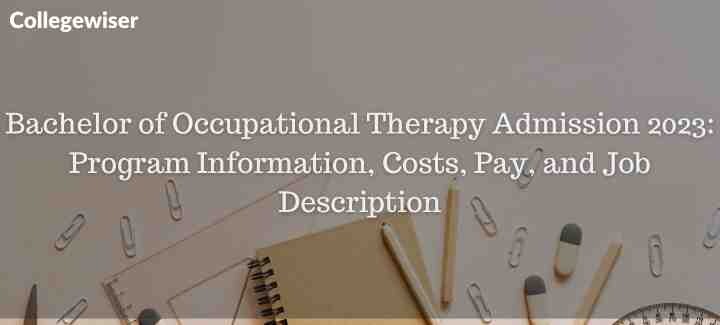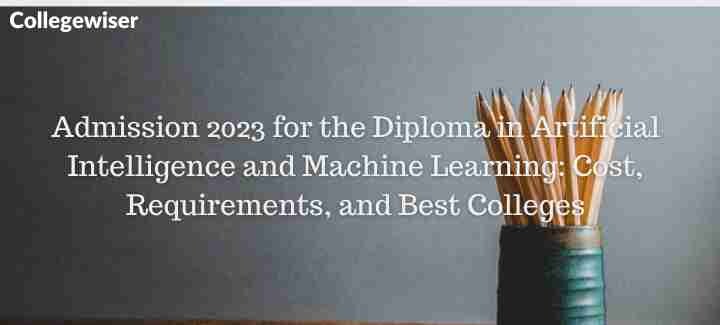Admission for BSc in Medical Imaging Technology 2023–24: Undergraduate study for a BSc in Medical Imaging Technology lasts three years at full-time. There are six semesters in it. It looks at the methods and processes used to create photographs of human body parts for clinical research and diagnosis. This course focuses on developing a thorough understanding of imaging methods like CT and MRI scans. This BSc course uses a variety of tools and strategies to create images.
Enquire Now!
Bachelor of Science in Medical Imaging Technology, full-form
Entrance exam and merit-based selection
Qualifications: 10+2 with 50% in the Science Stream.
Cost on average: 4 to 6 lakhs
Salary range: 3 to 10 lakh rupees per annum (LPA).
Top Employers: Fortis Hospital, Max Hospitals, HLL Lifecare Limited, and AIIMS
Radiology clinics, diagnostic centres, medical offices, and educational and research institutes are the top places to find candidates.
Top Job Profiles: Radiographer, image research assistant, medical advisor, X-ray technician, ultrasound technician, etc.
Highlights of BSc in Medical Imaging Technology Admission
| Course Name | B.Sc in Medical Imaging Technology |
| Degree | Bachelor |
| Full-form | Bachelor of Science in Medical Imaging Technology |
| Duration | 3-years |
| Age | Between 17 years |
| Eligibility | 10+2 with 50% marks in Science Stream |
| Similar Courses | BSC Biology, BSC Chemistry, BSC Physics |
| Total fee incurred | 4 Lakh to 6 Lakhs |
| Average salary offered | INR 3 to 10 Lakhs per annum(LPA) |
Admission 2023 for BSc in Medical Imaging Technology
There is a three-year curriculum for medical imaging technology. There are six semesters in it. And each has a six-month duration. The topic includes methods and procedures. It is used to make images of various bodily parts for clinical or scientific purposes.
Although the fundamental structure of the curriculum may change, the disciplines are essentially universal. Anatomy, Physiology, Radiographic Anatomy, Radiological Physics, Radiographic Techniques, CT Imaging, MRI, USG or Doppler, Ultrasound Imaging, etc. are the disciplines covered in this course.
The subject includes techniques and methods. It is used to make photographs of different bodily components for therapeutic or research objectives.
The course is perfect for students who want to broaden their horizons and work for organizations that make technical and scientific advances in medical and clinical science that led to diagnostic imaging breakthroughs.
Admission Requirements for Medical Imaging Technology BSc
The graphics depict various bodily parts and were created to help people learn more about them and find solutions to health issues. Six semesters are used to complete the course. The Bachelor’s in MIT is a typical full-time program that belongs to the UG category.
Minimum entrance requirements include a 12th-grade diploma and 50% of the grade.
Some institutions only use intermediate grades to choose students, while others require entrance tests. There is the idea of a counselling session following the written test.
The best universities for this course are Chikara University, Manipal, and AIMS Faridabad.
Fees for a BSc in medical imaging technology
The cost of a B.Sc. in Medical Imaging Technology education in India ranges from 4 to 6 lakhs.
Medical Imaging Technology BSc Admission by Merit
A higher or 10 + 2 qualification with a 50% grade point average from an accredited educational institution is the primary requirement for this program.
BSc in Medical Imaging Technology Admission by Exam
Numerous institutions, including JNU, AIEEE, AICET, and IIT JEE, provide entrance-based admission in BSC medical imaging technology programs.
Distance Learning
There are no openings for part-time course entry.
Tips for Course Preparation
Reading is best done in a peaceful, well-lit area. If possible, take notes in class using a pen and paper. If you use a laptop, at the very least, turn off any alerts that tell you that you’ve been on Facebook for 15 minutes. Freshmen students can receive anywhere between INR 3 and 10 Lacs every year, depending on the field’s level of skill.
Education Types
There is no online option for this course. You must attend classes at the university. You must therefore show up to every practice. This explains why the course is full-time. No part-time positions are offered.
Scope of a B.Sc. in Medical Imaging Technology
After earning your B.Sc., you are qualified to pursue a post-graduate degree in medical imaging technology. You may decide to begin your professional career in the medical field. In hospitals, nursing homes, polyclinics, maternity homes, diagnostic centres, etc., there is a considerable demand for degree holders. Additionally, you can start getting ready for government services.
Hospitals, clinics, healthcare facilities, research laboratories, and many more workplaces are relevant to this industry.
In this industry, there are numerous job titles available, including “medical image analysis scientist,” “radiographer,” “ultrasound technician,” and “radiologic technologist.” You can take this course with confidence if you wish to make a good living.
Salary Ranges for a B.Sc. in Medical Imaging Technology
A working person who just completed this course can expect to make between INR 3 and 10 Lakhs per annum (LPA) in a given year. The average Indian fee for pursuing the education varies between INR 4 and 6 lakhs depending on the college offering the programme.
Syllabus for the BSc in Medical Imaging Technology
| Semester 1 | Semester 2 |
| Communication Skills | Radiographic Anatomy |
| Basic Computer Skills 1 | Radiological Physics |
| Basic of Anatomy | Radiographic Photography |
| Basic of Physiology | General Principles of Hospital Practice and Care of Patients |
| Fundamentals of Imaging Technology | – |
| Semester 3 | Semester 4 |
| Physics of Radiographic Equipment | Patient Care in Diagnostic Radiology |
| Radiographic Techniques – Routine Procedures Paper 1 | Radiographic Techniques – Special Procedures Paper 1 |
| Radiographic Techniques – Routine Procedures Paper 2 | Radiographic Techniques – Special Procedures Paper 2 |
| Radiographic Techniques – Routine Procedures Paper 3 | Radiographic Techniques – Special Procedures Paper 3 |
| – | Quality Assurance and Radiation Safety |
| Semester 5 | Semester 6 |
| Physics of New Imaging Modalities – CT and Ultrasound | Ultrasound Imaging |
| Physics of New Imaging Modalities – MRI and Digital Imaging | Interventional and Digital Radiology |
| CT Imaging and Contrast Technique | MRI Imaging, Patient Care Technologist’s Role and Practical |
| CT Imaging and Patient Care Technologist’s Role and Practical | Organizing and Managing Imaging Department |
| Radiographic Positioning | CT Imaging |
| Radiographic Special Procedures | MRI |
| USG or Doppler | Front Office |
| – | Project |
BSc In Medical Imaging Technology University & Fees
| University Name | Duration | Average Fee | Apply |
| T.M. University | 3 years | 30,000 PA | INQUIRY |
| Krishna Institute of Medical Sciences | 3 years | 1,10,000 LPA | INQUIRY |
| Swami Vivekanand Subharti University | 3 years | 35,000 PA | INQUIRY |
| Manipal University | 3 years | 1,30,000 LPA | INQUIRY |
| Guwahati University | 3 years | 10,800 PA | INQUIRY |
| Rajendra Agricultural University | 3 years | 28,000 PA | INQUIRY |
| Chikara University | 3 years | 80,000 PA | INQUIRY |
| Asian Institute of Medical Sciences | 3 years | 1,00,000 LPA | INQUIRY |




